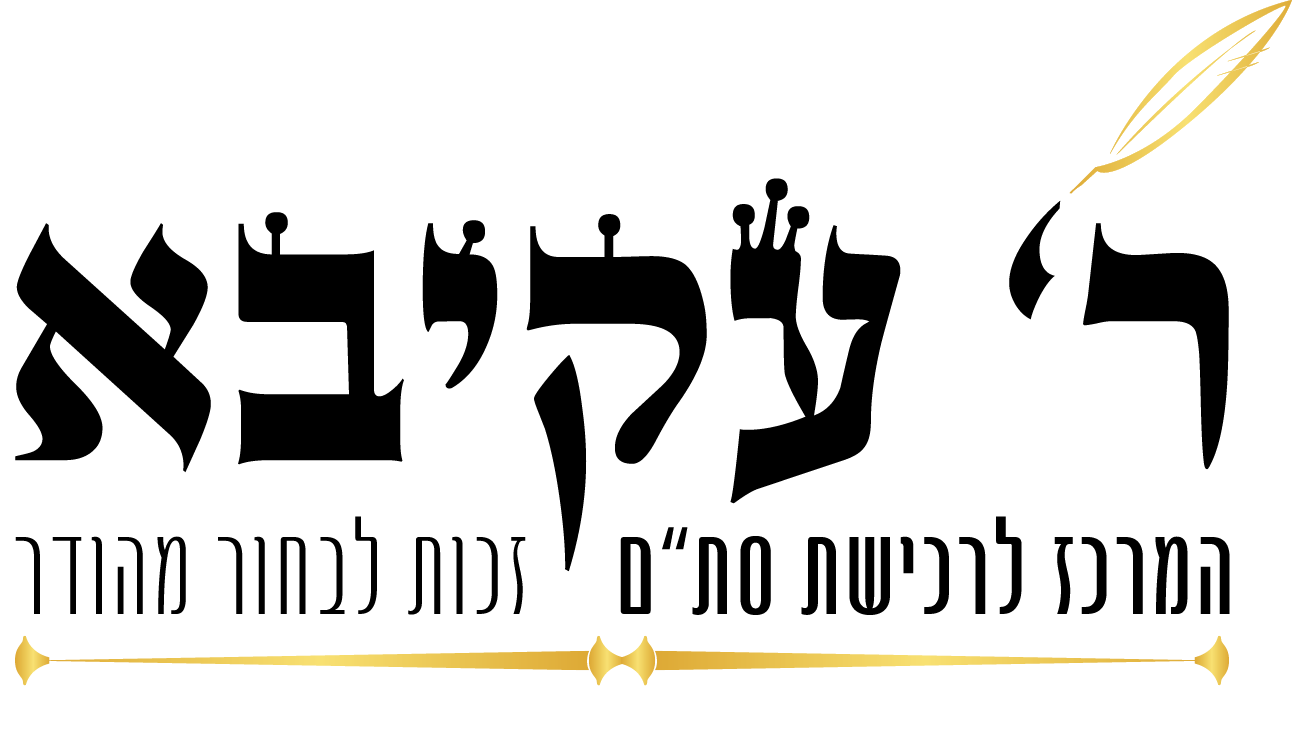- All of Our Tefillin are made from the leather of a beheimah gassah (large animal, cow or bull). They are higher quality and thus are more durable, less prone to damage, and can be repaired as needed.
- All of Our Tefillin shel rosh (head tefillin) are separated into four compartments as necessary in order to be mehudarim.
- There are more hidorim on Tefillin that are able to be added by choice.
- Our Tefillin have a full warranty on the kashrut from A to Z.
- All the Tefillin displayed here are according to Eidot HaMizrach. Ashkenazi and Hassidic Tefillin can be obtained by special order HERE.
- All of our Tefillin are free fast shipping
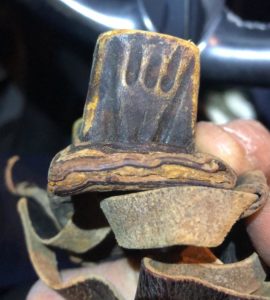
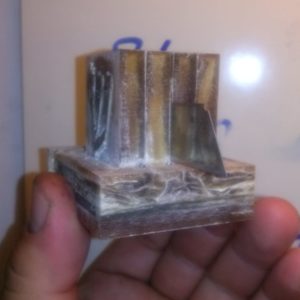
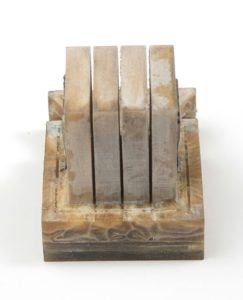
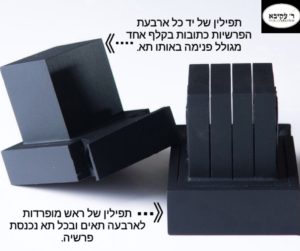
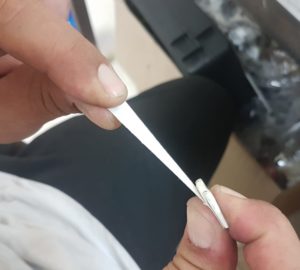
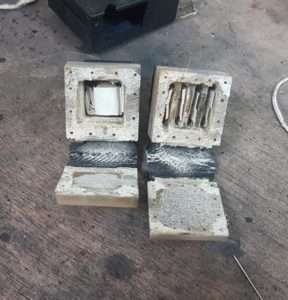
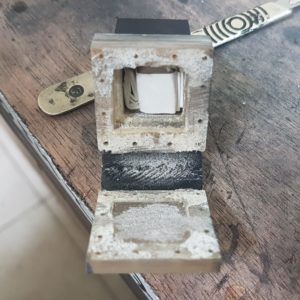
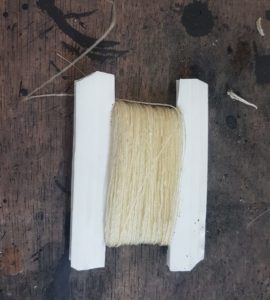

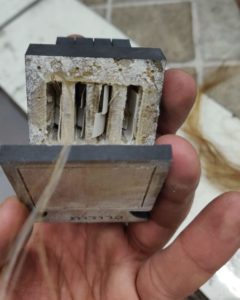
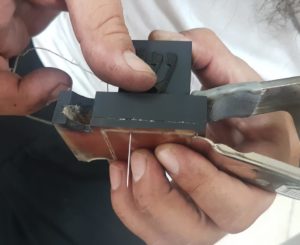

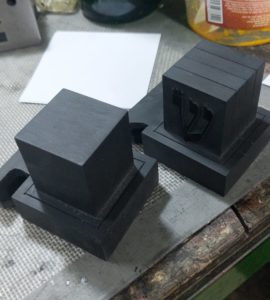
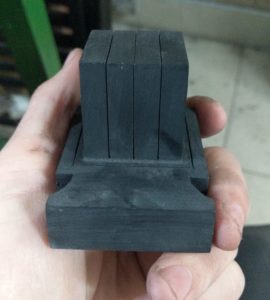
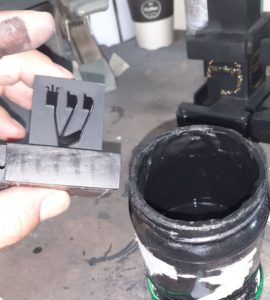
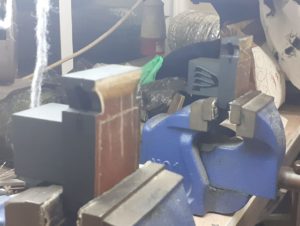

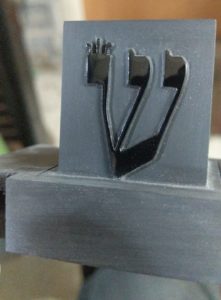

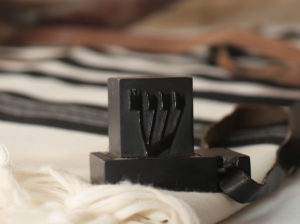

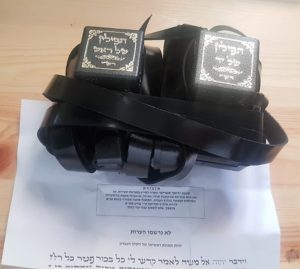

The Mitzvah of Tefillin
The Jewish people are privileged to fulfill the very important and precious mitzvah of laying Tefillin. The goal of putting on Tefillin is to subjugate one’s heart and feelings, as well as one’s mind, the seat of thoughts, to the service of G-d.
The purpose of Tefillin is connection – connecting the Tefillin to the hand and strengthening our connection to HaKadosh Baruch Hu. We also link the maturing child and bring him into the adult world linking him to the chain of generations a people who are always connected to their Father in Heaven.
Therefore, we bind ourselves to Him with the unbreakable connection of a father to a son.
Imagine that you had to choose between several types of cellphones for the purpose of communicating with someone who is very important, close to you and dear to your heart. You are aware that only one type of phone works well with no glitches, but it is more expensive, while the other types only work occasionally, getting disconnected all the time. They allow one call a day and are quite cheap.
The answer is clear. Any intelligent person who cares about his friends and relatives will not hesitate. He will run to check out the quality device as soon as possible. If we go to this length for our loved ones, shouldn’t we do even more for our Creator?
Isn’t it worth it to connect to our Heavenly Father with quality Tefillin with no disruptions?
Tefillin are two square boxes made out processed leather from a kosher animal. Inside the boxes are parchments, each one contains a portion from the Torah: “Sanctify for me every first-born,” “And it will be when Hashem will bring you,” “Hear O Israel” and “And it shall come to pass.” The Tefillin shel rosh (head Tefillin) contains four parchments, each in a separate compartment, while the Tefillin shel yad (arm Tefillin) has four portions written on one parchment rolled up and inserted into one compartment. The parchments are written by a sofer STA”M (scribe), a G-d-fearing man who must be an expert in all the many halachot of safrut.
Similarly, all the many craftsmen involved in this sacred work are obligated to be G-d-fearing experts in their fields.
FAQ – Tefillin
Mehudar: There are no halachic doubts about it, and it is kosher according to all opinions.
L’chatchilah: Everything is written and done in accordance with the accepted ruling, and there are no questions or doubts of invalidity according to halachah, although the form of each letter is not exactly the same.
B’diavad: Means, in Aramaic, that something was already done. The rav takes this into account, even though the way it was performed was different from the way it should have been done l’chatchilah (in the first place).
There are three common customs for writing the letters:
Beit Yosef: Used by Ashkenazim
Arizal: Used by Chassidic communities. It is essentially like the Beit Yosef with changes in parts of some of the letters as instructed by the Arizal according to the Kabbalah.
Wallish: Used by the Eidot HaMizrach, it differs from the Beit Yosef in the shape of the letters (font).
Computer checking is done after the sofer finishes writing. Its main function is to find missing, extra or transposed letters.
Since so many mistakes have been found in sifrei Torah, Tefillin and Mezuzot in recent years, it is highly recommended that every item undergo a computer check.
It is important to note that a computer check does not replace checking by a rav meggiah, it is in addition to it.
The following three parts of the Tefillin need to be square, i.e., their length is equal to their width:
- The k’tzitzah is a kind of box placed on top of the base of the Tefillin into which the parshiyot are placed. The k’tzitzah must be square, but there is no need for the height to be equal to the length and the width.
- The titura, the base of the Tefillin, is made up of two parts, the upper titura and lower These two pieces are sewn together.
- The stitching, by which the battim are sewn together, must be a perfect square.
According the opinion of most poskim, the obligation for these three places to be square is a halachah L’Moshe MiSinai.
Because we are aware that the ketzitzah needs to be square, it often happens that we notice the corners of the bayit or the ketzitzah have become worn down and rounded.
The halachah rules that the square depends on the viewer. It the battim look square to the person looking at them with a regular look, they are kosher.
It is recommended to repair them so they won’t lose their square shape over time and become pasul, G-d forbid.
The Tefillin must be a minimum of 22 millimeters.
Today the common practice is Tefillin battim measuring 34 mm.
However, there are customs in various communities, such as Chabad, where the battim are larger, 42 mm or more.
There are mekubalim who put on two pairs of small Tefillin together, Rashi and Rabenu Tam, each one measuring 22 mm, according to the custom of the Ari.
Tiny Tefillin are also used by security guards and people who fly often. These Tefillin are very comfortable and can easily be concealed under clothing.
Tefillin measuring 28 mm are a special size that usually comes with an additional hiddur (enhancement) of an external thread that passes between the sections of the Tefillin shel rosh from the outside.
They are also quite common among bar mitzvah age boys because these Tefillin battim are considered to be very mehudar and comfortable for this age group as they are lightweight and stay in place.
In both the Tefillin shel yad and shel rosh, there are four parshiyot:
- “Sanctify….” (Shemot 13:1-10)- . “קדש…”
- “And it will be when Hashem will bring you….” (Shemot 13:11-16) -“והיה כי יביאך…”
- “Hear….” (Devarim 6:4-9)- “שמע…”
- “And it shall come to pass….” (Devarim 11:13-21)- “והיה אם שמע…”
Tefillin shel rosh – There are four compartments and one parshiyah is placed into each one.
And with the Tefillin shel yad – All four parshiyot are written on one klaf that is rolled up and placed inside a single compartment.
It is brought in the Shulchan Aruch (section 27, subsection b):
One should be very careful that the “Yud”- shaped knot of the k’tzitzah (tefillin box) shouldn’t move and should always be touching the k’tzitzah. The reason given is according to Kabbalah.
In the Zohar, in parshat Pinchas, is very stringent.
Klaf is made from the skin from a kosher animal (בהמה או חיה) or bird and processed according to the instructions of Chazal (the Sages) and Poskim (arbiters of Jewish Law).
The correct place for the Tefillin shel yad is first and foremost on one’s no dominant hand, the weaker hand.
It should be placed two finger’s width above the elbow and tilted toward one’s heart., There are many customs for tying the straps, and everyone follows that of his ancestors. (This answer is dealing primarily with the source of the placement of the Tefillin.)
The Tefillin shel rosh is placed on the hair of one’s head, centered above the eyes. As brought in the halachah, it is forbidden for even a small part to be on the forehead.
This is the place to alert uninformed people who place their Tefillin shel rosh directly on their foreheads.
It is clear that someone whose ethnic group, community or family has the custom to put on Rabenu Tam Tefillin should most definitely keep this minhag (custom).
For example, among Chassidim and very many from the Eidot HaMizrach, the minhag is for all married men to put them on, and thus it should be for all married men in these groups.
Tefillin purchased from a G-d fearing person, according to halachah, do not have to be checked.
But the reality is otherwise. A variety of flaws have been found in Tefillin that were considered to be mehudarot l’chatchilah.
Therefore it is proper to check them every few years.
Sefardim say one brachah: “Baruch attah Hashem… who has sanctified us with His mitzvot and commanded us to lay Tefillin.”- “ברוך אתה ה’…אשר קידשנו במצוותיו וציוונו להניח תפילין”
And Ashkenazim say two brachot, on Tefillin shel yad and Tefillin shel rosh:
Shel yad: “Baruch attah Hashem… who has sanctified us with His mitzvot and commanded us to lay Tefillin.”- ברוך אתה ה’… אשר קידשנו במצוותיו וציוונו להניח תפילין””
Shel rosh; “Baruch attah Hashem… who has sanctified us with His mitzvot and commanded us about the mitzvah of Tefillin.”- “ברוך אתה ה’… אשר קידשנו במצוותיו וציוונו על מצוות תפילין”.
Sefardi minhag: According to kabbalah, one puts on the Tefillin shel yad while seated and the Tefillin shel rosh while standing.
Ashkenazi minhag: To put on Tefillin shel yad and shel rosh while standing.
